Eco-Friendly Living: How Smart Homes Contribute to Sustainability
3 January 2025
Living sustainably isn’t just a trend anymore—it’s a necessity. From raging wildfires to rising sea levels, the planet’s sending us some serious SOS signals. So, what can we do to help? Is it time to trade in our cars for bicycles or live in a treehouse? Not necessarily. Enter the future of eco-friendly living: smart homes.
You’ve probably heard the term thrown around, but did you know these tech-savvy homes are more than just voice-controlled light bulbs or a thermostat you can adjust from your phone? They’re making waves in the world of sustainability. Let’s dive in and explore how smart homes can help us reduce our carbon footprint and live a greener life.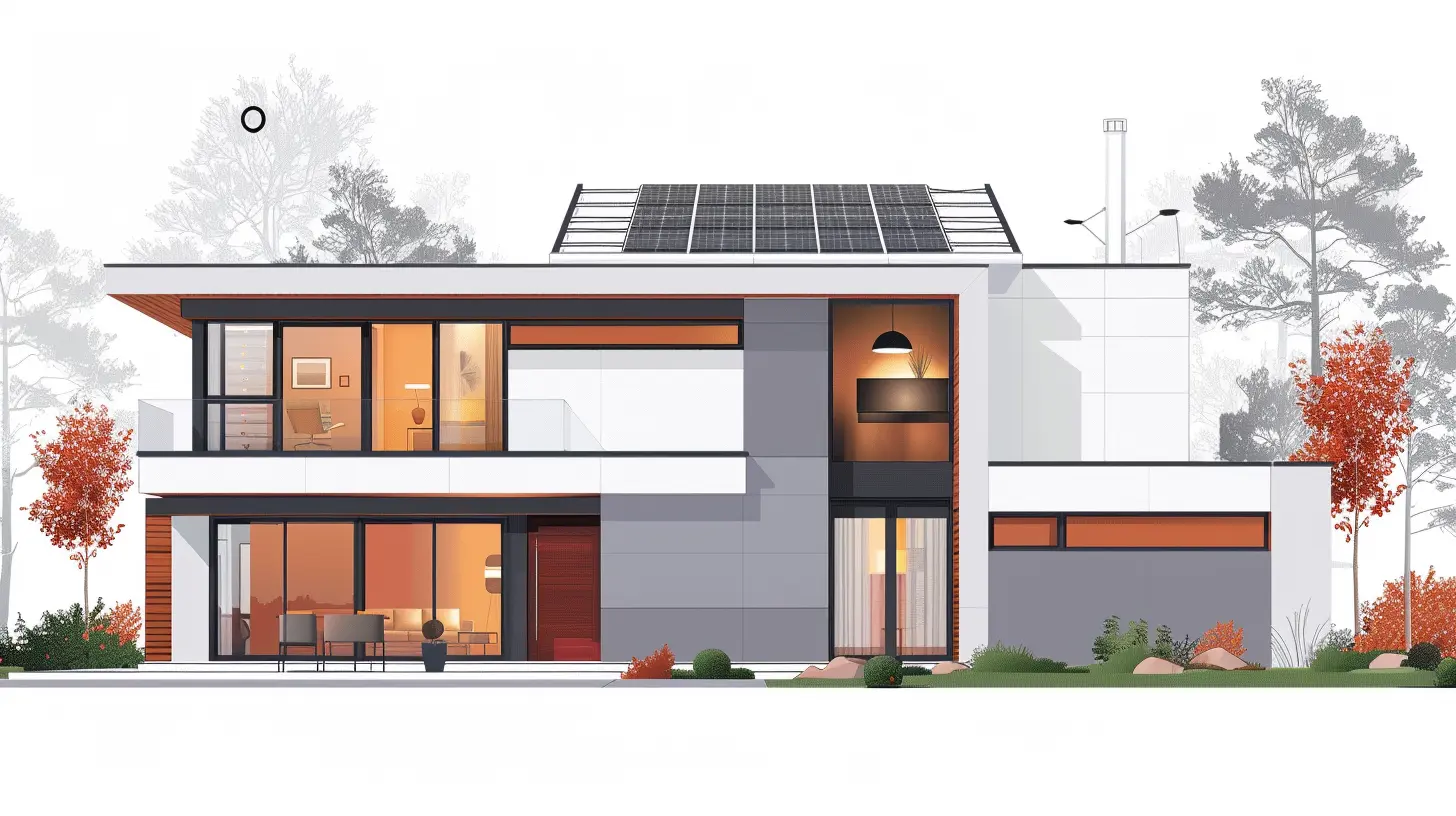
What Is a Smart Home?
First things first, let’s clarify. A smart home isn’t just a fancy tech experiment designed for millionaires. Think of it as a home equipped with technology that makes life convenient, efficient, and yes—eco-friendly.From automated lighting and smart thermostats to advanced energy monitoring systems, the gadgets in a smart home don’t just obey your voice commands. They actively work to conserve energy, reduce waste, and promote sustainable habits. In other words, it’s like having a very eco-conscious assistant living with you (minus the judgment if you forgot to recycle that one soda can). 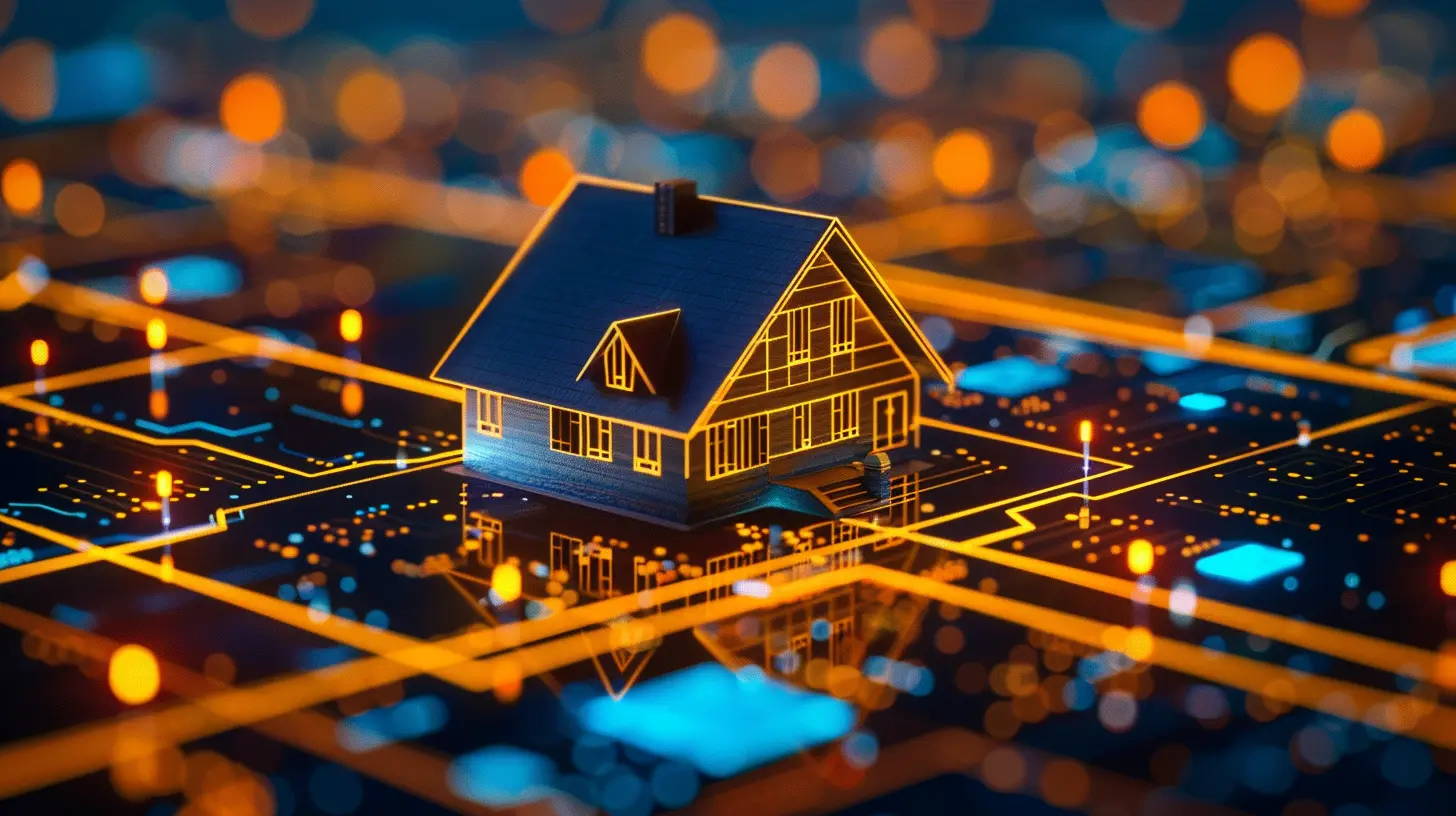
Why Should We Care About Eco-Friendly Living?
Okay, let’s get real—why is sustainability such a big deal right now? Well, the stats don’t lie. Buildings (including homes) are responsible for nearly 40% of global carbon emissions. That’s a massive chunk! The good news is, we have the power to turn things around, starting with how we live.Eco-friendly living is about making small, intentional changes that collectively make a big difference. Smart homes are one of the easiest ways to step into a greener lifestyle without turning your world upside down. And guess what? They save you money in the long run too. Win-win, right? 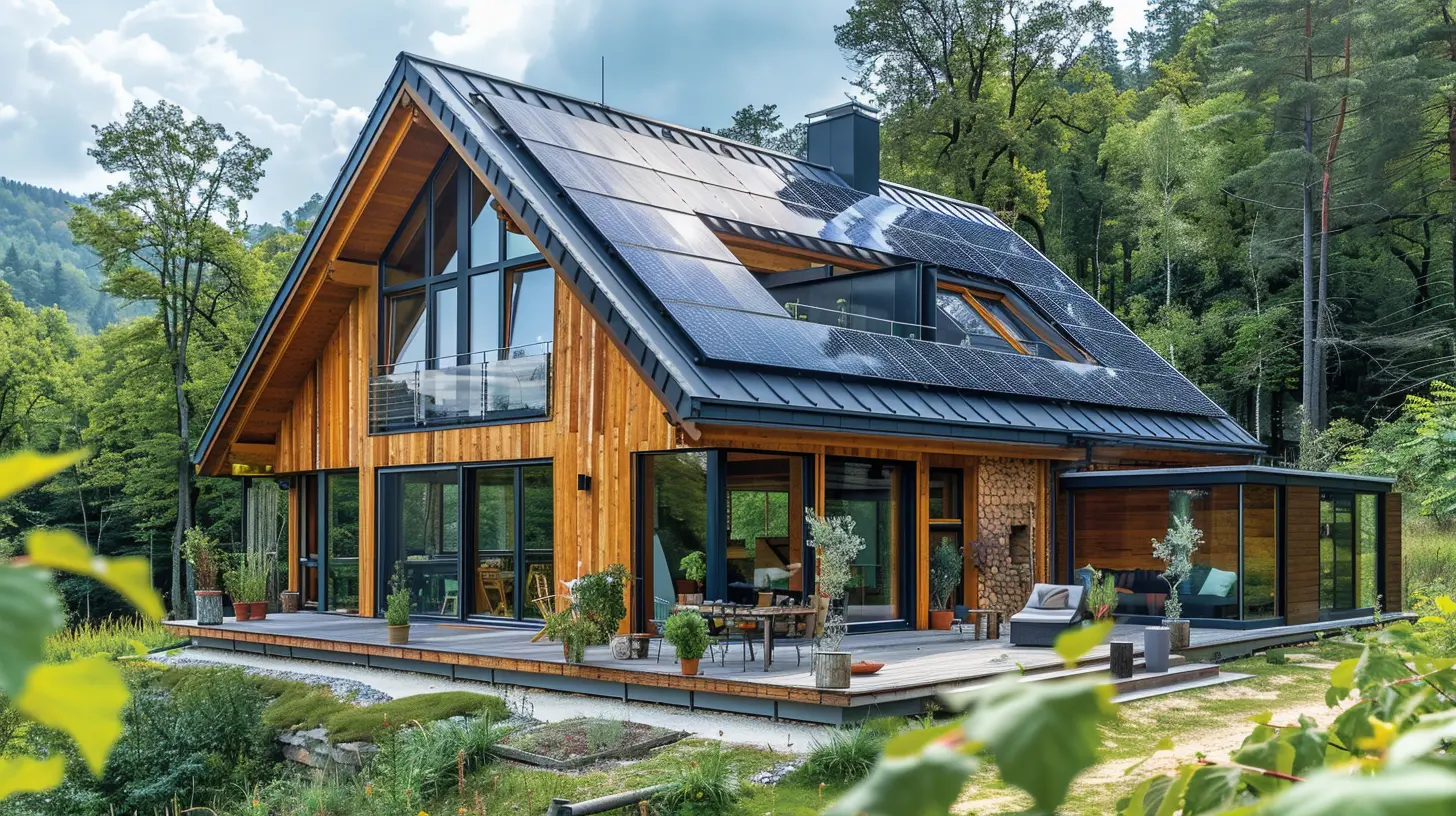
1. Smart Thermostats: More Than Just Convenient
Let’s kick things off with one of the unsung heroes of the smart home revolution: smart thermostats. These devices are like the Goldilocks of home temperature—they keep things not too hot, not too cold, but just right.Why is this a big deal? Traditional heating and cooling systems account for about 50% of residential energy use. That’s enough to make your utility bill cry (and the planet, too). A smart thermostat learns your preferences and adjusts automatically, so you’re not wasting energy when no one’s home or heating rooms you rarely use.
Think about it like this: It’s like having a thermostat with a brain and a conscience. Pretty cool, huh? Some models even track energy usage and suggest ways to save more, so you’re not just winging it. 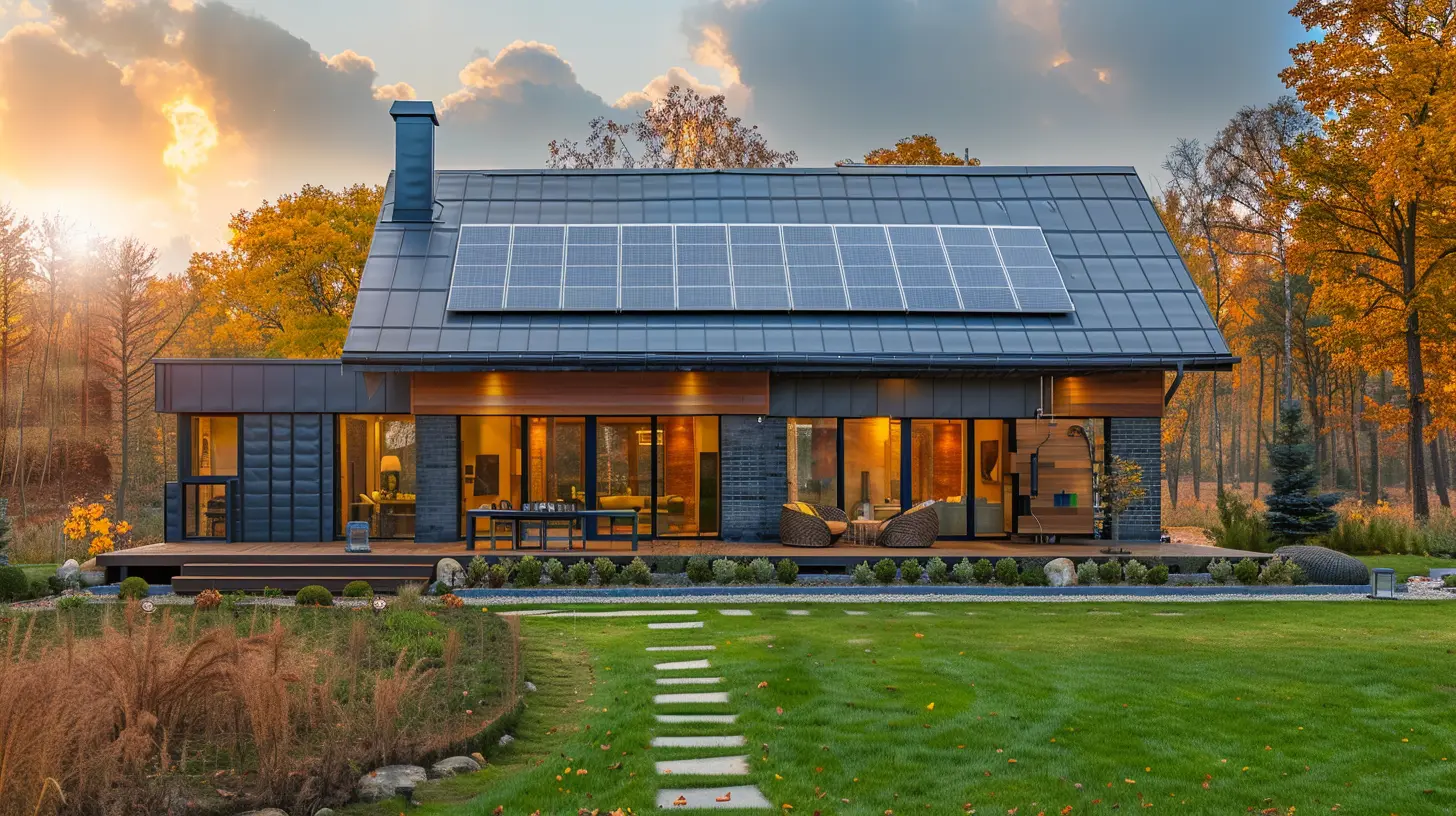
2. Smart Lighting: Bright Ideas for Energy Savings
Ever leave a room and forget to turn off the lights? Yeah, guilty. But with smart lighting, that problem becomes a thing of the past.These systems use sensors to detect when a room is empty and turn the lights off automatically. Plus, you can schedule lighting to match your routine or adjust brightness levels based on the time of day. All of this saves energy while still keeping your home well-lit and cozy.
And let’s not forget LED bulbs—a staple in most smart lighting systems. They use up to 80% less energy than traditional bulbs and last way longer. So, you’re not just saving electricity; you’re also reducing waste.
3. Energy Monitoring: Knowledge Is Power
Here’s a fun fact: Most of us don’t even know how much energy we’re using, let alone where we’re wasting it. That’s where smart energy monitoring systems come in.These nifty gadgets monitor your home’s energy consumption in real-time, breaking it down by device or appliance. Suddenly, you’ll know if your fridge is secretly an energy hog or if that old coffee maker is costing you more than your morning latte habit. Armed with this knowledge, you can make smarter decisions—like upgrading to energy-efficient appliances or unplugging devices when they’re not in use.
It’s like having a Fitbit, but for your house. And just like fitness, awareness is the first step toward improvement.
4. Smart Appliances: Efficiency on Steroids
Remember when refrigerators were just… refrigerators? Not anymore. Today’s smart appliances are doing way more than keeping your leftovers fresh.From washing machines that adjust water usage based on the load size to ovens that suggest the most energy-efficient cooking settings, these devices are designed to minimize waste. Some even have self-diagnosing features, so you can catch issues early and avoid buying replacements unnecessarily.
Bonus points? Many smart appliances let you control them remotely. Left the house and forgot to turn off the oven? No problem. Just whip out your phone and fix it in seconds.
5. Water Conservation for the Win
Water is one of our most precious resources, and smart homes are stepping up to the plate here, too.Smart irrigation systems, for example, only water your garden when necessary, using weather data to adjust schedules based on rainfall and humidity. Smart faucets and showerheads can monitor water usage, encouraging you to be mindful and reduce waste.
If you’ve ever stood in the shower way longer than you needed to (no judgment here), a smart water system can gently nudge you to save water without sacrificing comfort.
6. Solar Integration: Powering Your Home Sustainably
No conversation about eco-friendly living would be complete without mentioning solar power. Many smart homes today incorporate solar panels, paired with smart energy management systems that optimize how and when you use the energy they generate.For instance, your home can prioritize using solar power during peak sunlight hours and switch to stored energy or grid power when needed. This isn’t just good for the environment—it’s a great way to cut down on those energy bills.
7. Waste Reduction Through Smart Tech
Ever feel like you’re throwing way too much food in the trash? Smart fridges are here to save the day. They can track expiration dates, suggest recipes based on what’s in your fridge, and even remind you to use ingredients before they go bad.Some systems even allow you to scan packaging and add items to your grocery list, making shopping more efficient and reducing waste.
It’s like having a personal assistant whose sole mission is to make sure you never waste a single bread crumb.
8. Building Smarter, Greener Homes
Let’s not forget the bigger picture. Many smart homes are being designed with sustainable materials and energy-efficient architecture from the ground up. These homes are insulated better, use natural lighting more effectively, and often come equipped with renewable energy systems like solar panels or geothermal heating.It’s like the cherry on top of an already eco-friendly sundae.
Benefits Beyond the Environment
Sure, sustainability is the main draw, but let’s not overlook the other perks of smart homes. Think lower utility bills, increased home value, and the sheer convenience of controlling everything from your phone (or even with your voice).And let’s be honest—who doesn’t love the idea of living in a home that feels like it’s straight out of a sci-fi movie?
The Future of Smart Homes and Sustainability
As technology continues to evolve, smart homes are only going to get smarter. We’re talking about homes that can predict your needs before you even realize them or systems that integrate seamlessly with your local power grid to share excess energy with your neighbors.The possibilities are endless, and the potential to make a real, lasting impact on the environment is enormous.
Final Thoughts
Eco-friendly living doesn’t have to mean sacrificing comfort or convenience. Smart homes prove that you can have the best of both worlds—a sustainable lifestyle that’s also modern and efficient. From reducing energy consumption to cutting down on waste, these homes are helping us live greener, smarter lives.So, what are you waiting for? If you’re considering upgrading your home, now’s the perfect time to step into the future of sustainability. Who knew saving the planet could be this cool?
all images in this post were generated using AI tools
Category:
Smart HomesAuthor:

Mateo Hines
Discussion
rate this article
15 comments
Quill Dorsey
Loved this article! It's inspiring to see how smart homes can make sustainable living accessible and efficient. Embracing technology for eco-friendly practices not only benefits the environment but also enhances our daily lives. Keep up the great work!
February 1, 2025 at 1:41 PM

Mateo Hines
Thank you for your kind words! I'm glad you found the article inspiring and agree on the positive impact of smart homes for sustainable living.
Selena Duffy
Loved this article! It's inspiring to see how smart homes can play a big role in promoting sustainability. Small changes can lead to a greener future, and it's exciting to think about the positive impact we can all make! 🌍💚
January 26, 2025 at 4:07 AM

Mateo Hines
Thank you for your kind words! I'm thrilled you found the article inspiring. Together, we can indeed make a difference for a greener future! 🌱
Blaze McMurtry
Smart homes enhance sustainability by optimizing energy use, reducing waste, and promoting eco-friendly practices for a greener future.
January 20, 2025 at 3:57 AM

Mateo Hines
Thank you for your insightful comment! Smart homes truly play a pivotal role in promoting sustainability through efficient energy management and waste reduction.
Morrow Coffey
This article highlights the crucial role of smart homes in promoting sustainability. By integrating energy-efficient technologies, smart homes reduce waste and carbon footprints. Features like smart thermostats, energy monitoring, and automated lighting not only enhance comfort but also encourage eco-friendly habits, making them essential for a greener future.
January 15, 2025 at 5:48 AM

Mateo Hines
Thank you for your insightful comment! I'm glad you highlighted the important ways smart home technologies contribute to sustainability and promote eco-friendly living.
Sara McNair
Smart homes aren’t just a trend; they’re essential for our planet's future. Embrace technology that conserves energy and reduces waste. It’s time to prioritize sustainability—no excuses, just action!
January 8, 2025 at 8:38 PM

Mateo Hines
Absolutely! Smart homes play a crucial role in promoting sustainability by optimizing energy use and minimizing waste, making them essential for a greener future. Let’s embrace this technology for a more eco-friendly lifestyle!
Tate Vance
Embracing eco-friendly living through smart home technology is a powerful step toward a sustainable future! By integrating energy-efficient systems and reducing our carbon footprint, we not only enhance our quality of life but also protect our planet for generations to come. Every small change matters!
January 8, 2025 at 4:44 AM

Mateo Hines
Thank you! Embracing smart home technology indeed plays a crucial role in promoting sustainability and making a positive impact on our environment. Every step counts!
Pearl Roberts
This article beautifully highlights the intersection of technology and sustainability. Embracing eco-friendly smart homes not only benefits our planet but also enhances our quality of life. It's inspiring to see how innovation can lead to a greener future for all. Thank you for shedding light on this important topic!
January 7, 2025 at 8:39 PM

Mateo Hines
Thank you for your thoughtful comment! I'm glad you found the article inspiring and that it resonated with the importance of eco-friendly smart homes for a sustainable future.
Xeno Hernandez
Smart homes enhance sustainability by optimizing energy use, reducing waste, and promoting renewable resources, making eco-friendly living more accessible and efficient.
January 7, 2025 at 12:42 PM

Mateo Hines
Thank you for highlighting how smart homes play a crucial role in promoting sustainability! Their ability to optimize energy use and reduce waste truly makes eco-friendly living more achievable.
Rocco McNeely
Absolutely love this! 🌿 Smart homes are a fantastic leap towards a sustainable future. Embracing eco-friendly living not only benefits the planet but also creates a happier, healthier lifestyle for all! 🏡✨
January 6, 2025 at 9:18 PM

Mateo Hines
Thank you! I completely agree—smart homes are a game changer for sustainable living and well-being. 🌍💚
Cassidy Gray
Great article! Emphasizing smart homes' role in sustainability highlights the importance of technology in reducing our carbon footprint. Looking forward to more insights on eco-friendly living!
January 6, 2025 at 4:28 AM

Mateo Hines
Thank you for your positive feedback! I'm glad you found the article insightful—there's so much potential in smart technology for promoting eco-friendly living. Stay tuned for more!
Dax McCoy
Smart homes: saving the planet, one Wi-Fi signal at a time!
January 5, 2025 at 11:37 AM

Mateo Hines
Thank you! Smart homes indeed leverage technology to enhance energy efficiency and reduce our carbon footprint, helping create a more sustainable future.
Evangeline Reese
This article highlights the vital intersection of technology and sustainability. Embracing smart home innovations not only enhances our living experience but also empowers us to reduce our ecological footprint, fostering a greener future for all.
January 5, 2025 at 5:28 AM

Mateo Hines
Thank you! I'm glad you found the article highlights the crucial role of smart homes in promoting sustainability while enhancing our quality of life. Together, we can make a positive impact!
Mila McClary
Great insights on eco-friendly living! It's inspiring to see how smart homes can play a vital role in promoting sustainability. Thank you!
January 3, 2025 at 9:10 PM

Mateo Hines
Thank you for your kind words! I'm glad you found the insights inspiring. Together, we can make a difference!
Cambria Anderson
Love this! Eco-friendly smart homes are the future—sustainable living made joyful and easy!
January 3, 2025 at 1:10 PM

Mateo Hines
Thank you! I completely agree—smart homes truly enhance sustainable living by making it accessible and enjoyable.
Audra McDonough
Embracing eco-friendly living through smart homes is not just a trend—it's a powerful step towards a sustainable future! By integrating technology with our daily lives, we can reduce our carbon footprint and create healthier environments. Let’s make conscious choices for a greener planet together!
January 3, 2025 at 5:49 AM

Mateo Hines
Absolutely! Smart homes are essential in promoting eco-friendly living and sustainability. By leveraging technology, we can significantly reduce our environmental impact while enhancing our quality of life. Let's embrace these innovations for a greener future!
MORE POSTS

Creating Livable Cities: A Guide for Real Estate Developers

Eco-Friendly Condo Living: Simple Ways to Reduce Your Carbon Footprint
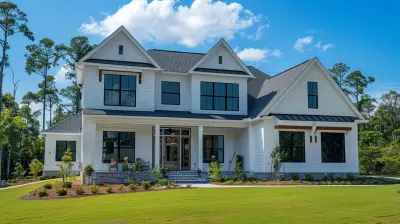
Tips for a Low-Stress Home Renovation: Staying Calm Through Construction

How Mortgage Pre-Approval Can Give You an Edge in a Competitive Market

How to Choose the Perfect Condo for Your Lifestyle

How Market Cycles Impact Home Prices and Investment Timing

How Community Engagement Boosts Real Estate Development Success

Predicting Real Estate Market Cycles with Interest Rate Trends

Building Higher with New Construction: A Look at Multi-Story Developments

How Smart Homes Increase Your Property’s Value